According to Classical-conditioning Theory Phobias Develop as the Result of
The shock US is delivered to the rat through an electrified floor grid. A natural response to something unfamiliar new and unexpected falls under the first stage of the classical conditioning theory.
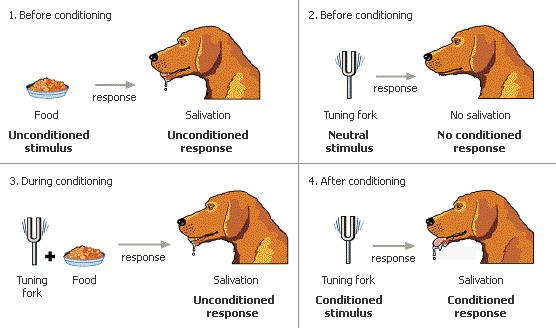
Learning Classical Conditioning Operant Conditioning Schoolworkhelper
How Phobia can be learned through Classical Conditioning.
. In order to understand more about how classical conditioning works it is important to become familiar with the basic principles of the process. Classical conditioning is used both in understanding and treating phobiasA phobia is an excessive irrational fear to something specific like an object or situation. This type of theory was first developed around John Watson and his outlook on behaviorism where he argued that a persons behavior can be studied without any reference.
One of the first studies to test the possibility of applying classical conditioning to the. As his father went in the house for a Band-aid Ian went over to the nail picked up the hammer pretended to hit his finger and. Classical conditioning is the process by which a naturally occurring stimulus is paired with a stimulus in the environment and as a result the environmental stimulus eventually elicits the same response as the natural stimulus.
For example we learn to associate something we do not fear such as a dog neutral stimulus with something that triggers a fear response such as being bitten unconditioned stimulus. Classical conditioning was originally illustrated by Pavlov in his dog experiments and the experiment showed how a specific stimulus food could evoke an immediate unconditioned response. According to classical-conditioning theory phobias develop as the result of.
Positive reinforcement is the presentation of something positive such as a parent rewarding a child for staying away from a snake. The process of classical conditioning can explain how we acquire phobias. Object situation or event becoming paired with an unconditioned stimulus ie.
Classical conditioning is a theory of pairing one stimulus with another neutral stimulus that causes changes in the response to the neutral stimulus Goldstein. Lewis and Engle 1954 of the production of intense fear as a result of traumatic stimulation. There are three basic phases of this process.
Learning theory is a broad term that includes multiple theories of behavior that are based on the learning process. Watson Rayner 1920 were the first psychologists to apply the principles of classical conditioning to human behavior by looking at how this learning process may explain the development of phobias. Among other ways phobia develops through classical conditioning.
With pairing of the CS and the US a fear CR develops in response to the CS. According to the classical conditioning theory phobias are result of a neutral stimulus eg. According to operant conditioning phobias can be negatively reinforced.
First continuous then partial. When a neutral stimulus something that does not cause fear is associated with an unconditioned stimulus something that causes fear. According to classical-conditioning theory phobias develop as the result of by systematically desensitizing the threat through the introduction of new conditioned responses How might behavioral techniques help treat phobias.
Something that produces reflex response and which will eventually produce a conditioned response eg. Albert Bs mother was a wet. Before conditioning refers to an unlearned response to an unconditioned stimulus.
This is the first response produced by an unconditioned stimulus. It doesnt mean a new behavior has been adopted. They did this in what is now considered to be one of the most ethically dubious experiments ever conducted the case of Little Albert.
Classical Conditioning and Phobias. Fear is a behavior that can be learned via classical conditioning. Phobia in Operant and Classical Conditioning Essay.
According to the learning theory phobias develop when fear responses are reinforced or punished. Both reinforcement and punishment can be positive or negative. Classical conditioning involves forming an association between two stimuli resulting in a learned response.
Specification of a fear experience. Classical conditioning was discovered by Ivan Pavlov a Russian physiologist who conducted a series of. In this case the fear CR is freezing the rat holds completely still.
Generalization of a fear experience. How do phobias develop through operant conditioning. According to classical-conditioning theory phobias develop as the result of.
How Classical Conditioning Works. This fear is very unreasonable and not linked to the cause in any way yet it interferes with the how the victim functions on daily basis. This post gives an account of the processes that are involved in the learning of anxiety.
The process then leads to the response of fear towards the previously neutral stimulus. In the typical paradigm a tone CS is paired with a shock US. More specifically it will consider the theory of classical conditioning.
For example Flanagan 1948 states that the overwhelming. The classical conditioning theory states that through a process of learned association the conditioned stimulus will be paired with the unconditioned stimulus and a conditioned behavioural response will then occur when the paired unconditioned stimuli is presented alone. Fear that cannot be controlled and sometimes said to be irrational is called a phobia.
Jumping screaming anxiety on its own. His father hit his own thumb and then used several expletives. Frequent exposure to a phobia is known as systematic desensitization and can help to overcome phobias Systematic desensitization is a form of graded exposure.
View chapter Purchase book. A phobia can be defined as an extreme irrational fear of a specific object or situation The Editors of Encyclopedia Britannica2019. Therefore according to the two-process model phobias are initiated through classical conditioning learning through association and maintained through operant conditioning negative reinforcement.
After an association has formed the dog now a conditioned. The neutral stimulus that doesnt. Many treatments for phobias are based on these learning theories.
Ian age 2 was watching his father hammer a nail. Learning theory is rooted in the work of Ivan Pavlov who was able to train dogs to salivate at the sound of a bell.

The Behavioural Approach To Explaining And Treating Phobias The Two Process Model Including Classical And Operant Conditioning Psychology Hub
:max_bytes(150000):strip_icc()/2794859-article-classical-conditioning-5ac50cc9c5542e0037d54692.png)
Classical Conditioning Theory Examples Terms Modern Uses
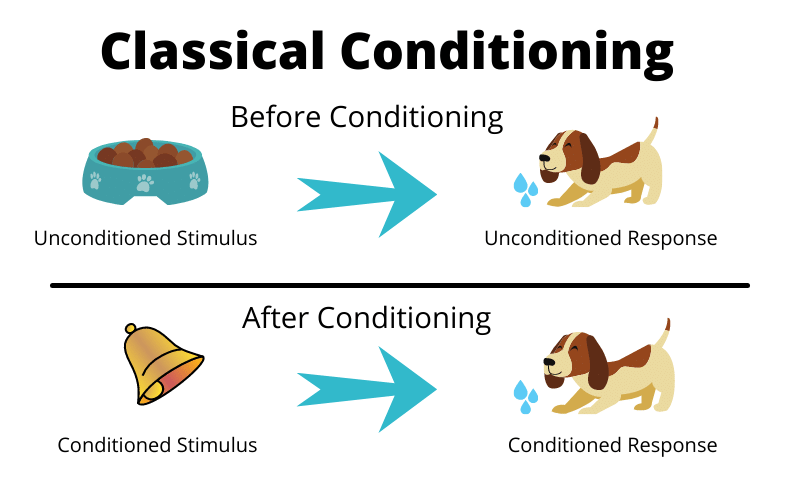
What Is Classical Conditioning Explore Psychology
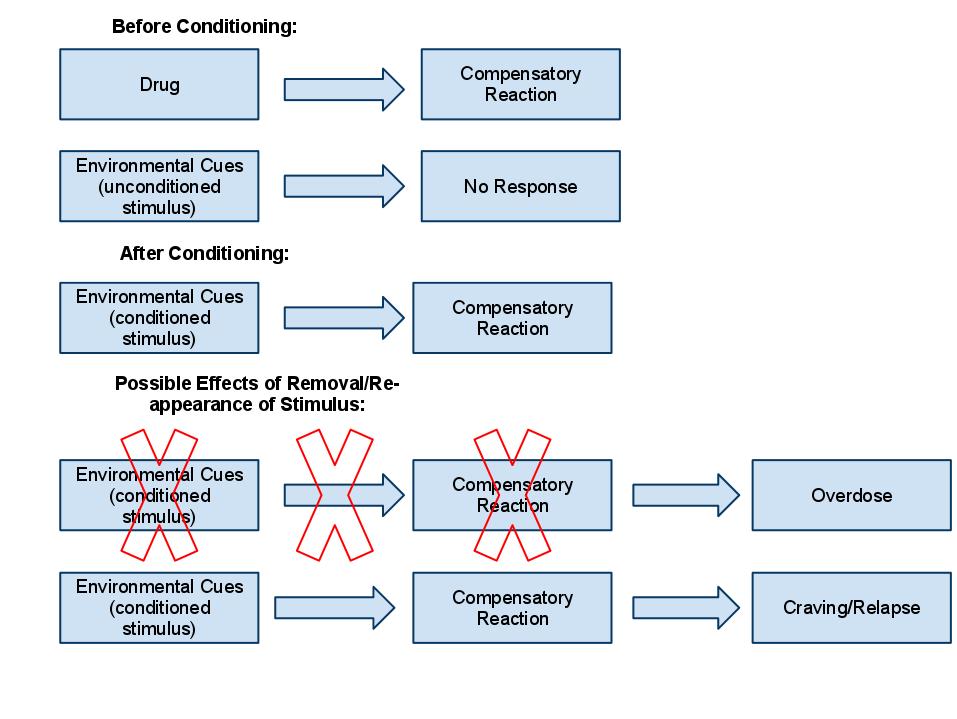
Phobias And Addictions Paper Writework

Classical Conditioning How It Works And How It Can Be Applied

Classical Conditioning Introductory Psychology Blog S14 A
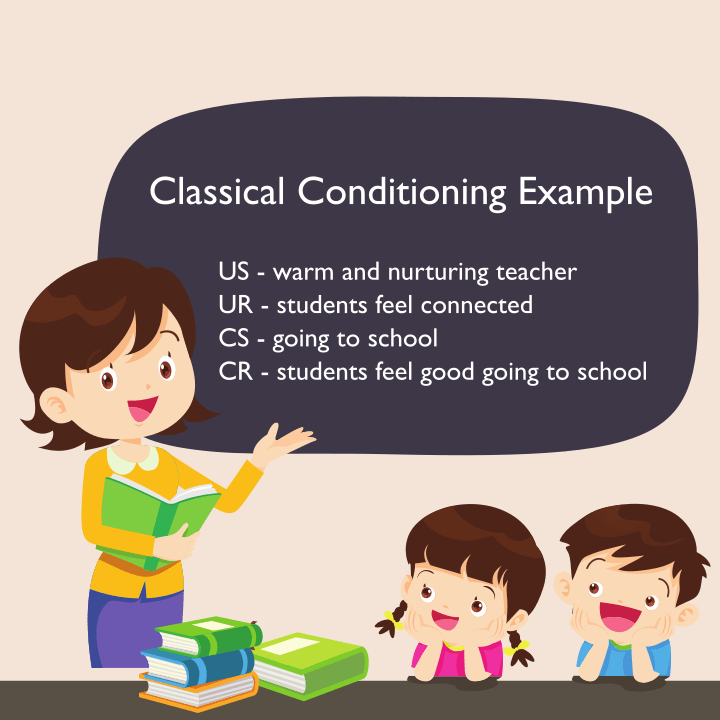
Classical Conditioning In Psychology Everyday Life Examples
Difference Between Classical And Operant Conditioning Comparison Of The Theory Principle Concept Outcome
8 1 Learning By Association Classical Conditioning Introduction To Psychology 1st Canadian Edition
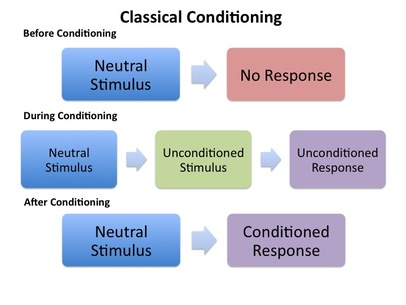
Classical Conditioning Ao1 Ao2 Ao3 Psychology Wizard

Classical Conditioning Classical Learning Theory

A Level Psychology Approaches Revision For Paper 2 Simply Psychology

Doc The Classical Conditioning Explanation Of Phobias Steve Baldwin Academia Edu

6 3 Classical Conditioning Introductory Psychology

Classical Conditioning Pavlov Learning Theory

Classical Conditioning Wikiwand

Classical Conditioning Operant Conditioning And Porn Psychology Today United Kingdom

Pdf Classical Conditioning And The Acquisition Of Human Fears And Phobias A Review And Synthesis Of The Literature

Comments
Post a Comment